2 min read
How to Run a Union Council Election Online
Unions have multiple responsibilities to their members. Among them is running one or more union council elections. These important elections decide matters that affect a large number of members and their daily lives.
Read the full article









